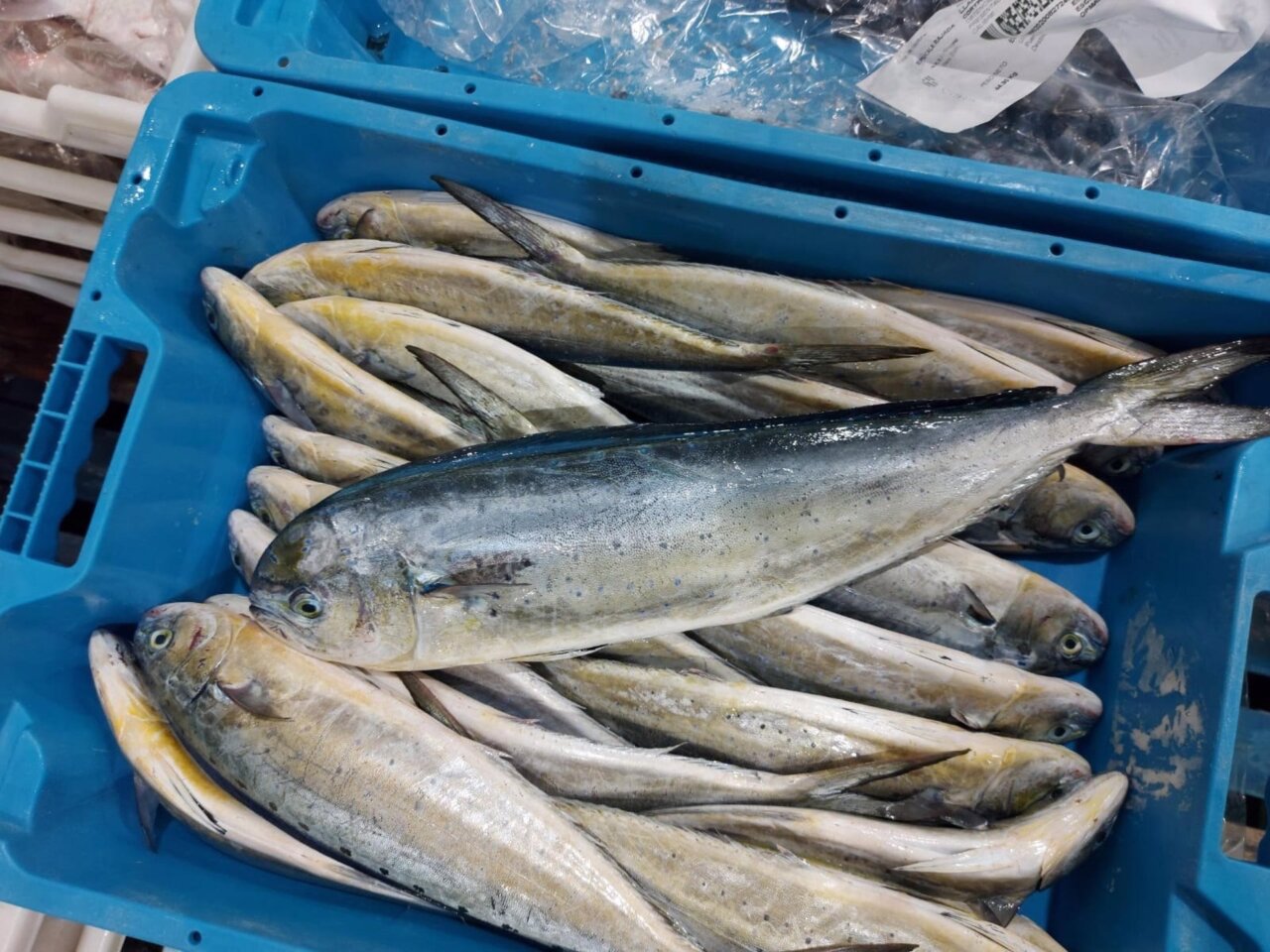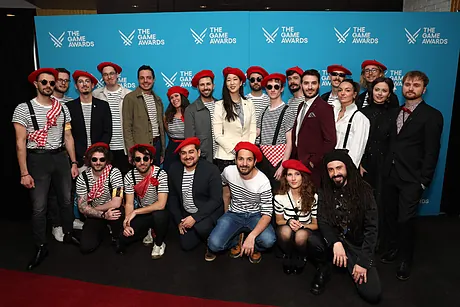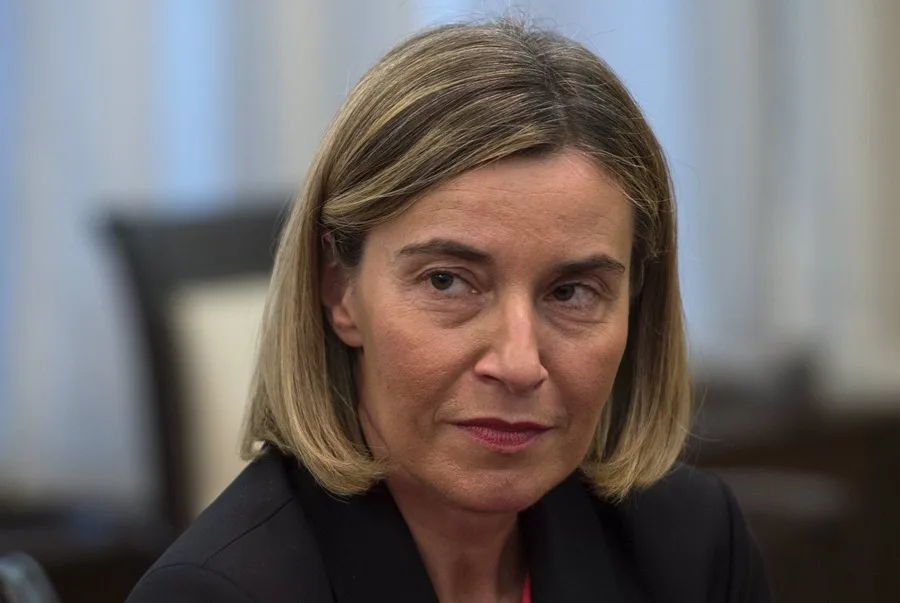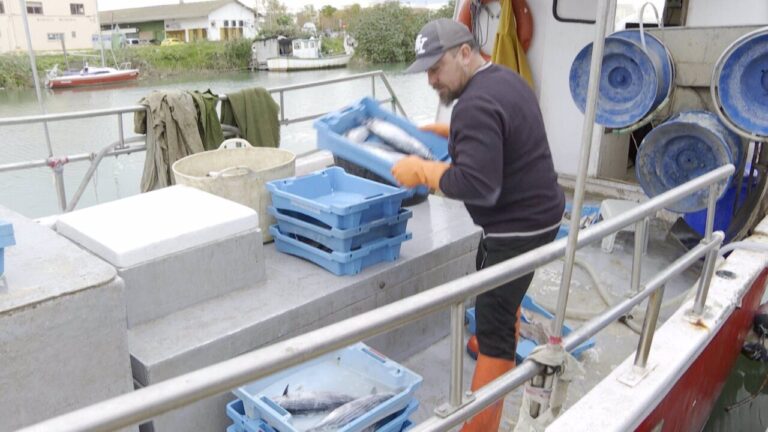In the last hours leaders of the fishing sector, from the public and private sector, from Spain, Italy and France have raised their voices against the measures in which the European Union seeks to advance. It is a cut in the days of trawl fishing in the Mediterranean Sea next year in relation to 2024, and that the EU will discuss next Monday and Tuesday in Brussels.
Specifically, a report by the European Commission (EC) consists of reducing the trawl fleet’s fishing days in the area by 79%. This implies going from an annual average of 130 days per year to about 27 days per year (in some cases, it could be up to 29). In other words, that would be the number of days in the whole of 2025 that fishermen will be able to fish. In reality, the European Union reviews the activity limits every year. And the proposed reduction for 2025 is part of a trend in recent years in which fishing has been increasingly limited. In fact, the days fished in 2024 have already accounted for only 60% of the days fished in 2019. That is why the fishing sector is requesting that next year, as a form of transition, the fishing margins of this year be maintained.
Why the EU wants to cut fishing days
Every year, the European Union annually reviews the limits to the fishing industry in the Mediterranean, Black and Baltic Seas. It is a decision taken in December, to be implemented the following year. But why? As the EU argues on its website, “fishery resources are not unlimited” and overfishing can affect the reproductive capacity of stocks”. Therefore, “without some control” it is believed that “some fish stocks could be depleted, or their capture may no longer be economically viable”. Thus, the EU points out that its fisheries regulation policy not only helps to preserve fish reproduction and conserve the marine ecosystem, but also to “create the conditions for a profitable fishing industry”. Within this framework, for example, it is intended to reduce the catch limits for red shrimp by 30% (about 551 tons per year).
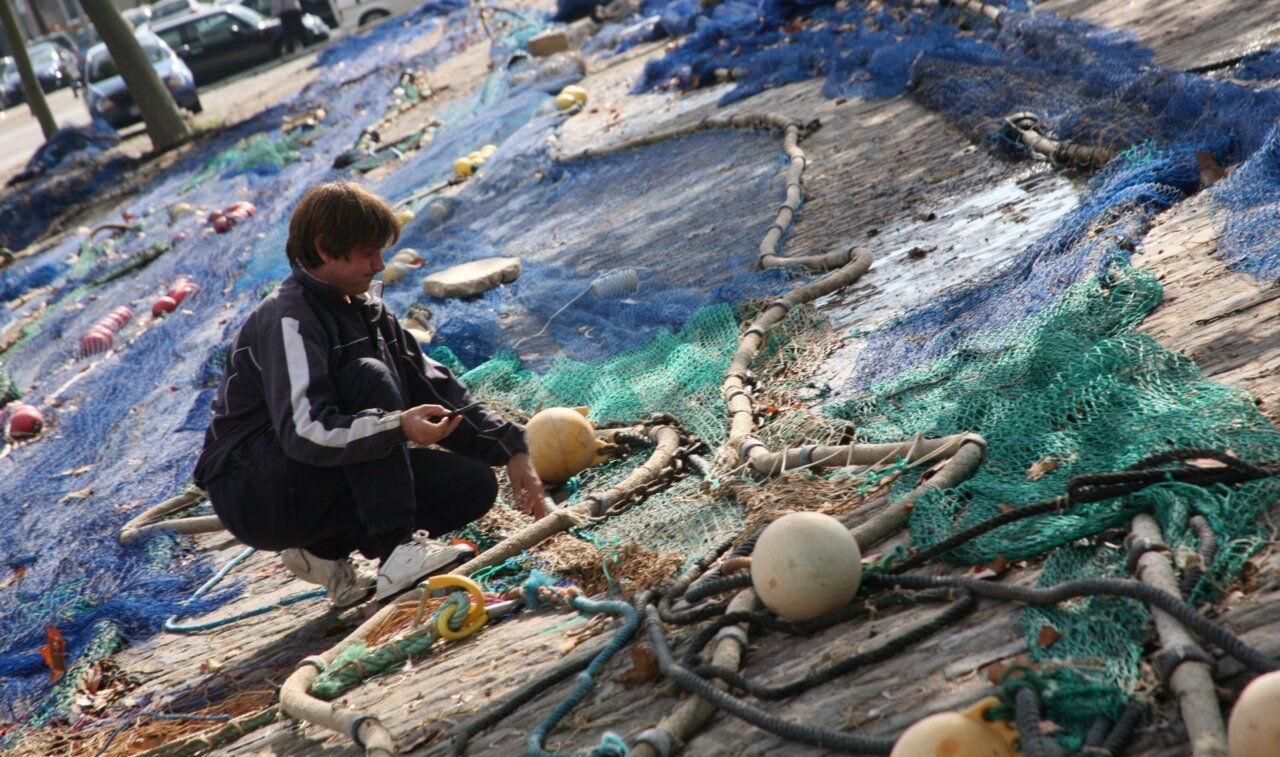
How the European Union sets fishing limits
But how are the activity limits set? The European Commission produces a report, in which different technical groups participate, in which it establishes total allowable catches (TACs), also known as fishing possibilities. These are defined as “the maximum quantities of fish from specific stocks that can be caught (in tons or numbers)”. From these maximum allowable catches per species, quotas are set for each Member State. And from this is derived the number of maximum days set. All these parameters are discussed by the Agriculture and Fisheries Council of the EU, of which the ministers of agriculture and fisheries of each of the EU Member States are part.
Why the cutback generates so much rejection
The proposal to be discussed next week in Brussels has already raised voices of complaint from Spanish, Italian and French fishermen. In fact, ministers from these three governments have made a request last month to freeze the current fishing effort for 2025, and start negotiating a new plan. On the one hand, it is argued that a drastic reduction will impact the fishing industry, reducing jobs. In Spain alone, it is estimated that the measure will generate a loss of 17,000 jobs. On the other hand, it is pointed out that it would generate shortages of fresh fish, especially in coastal areas where this is a recurrent food. At the same time, it is criticized that in many cases, such as that of the red shrimp, the reduction of the TAC is unjustified, since it is not in danger of extinction. And the proposed measures are attributed to pressure from environmental groups.

